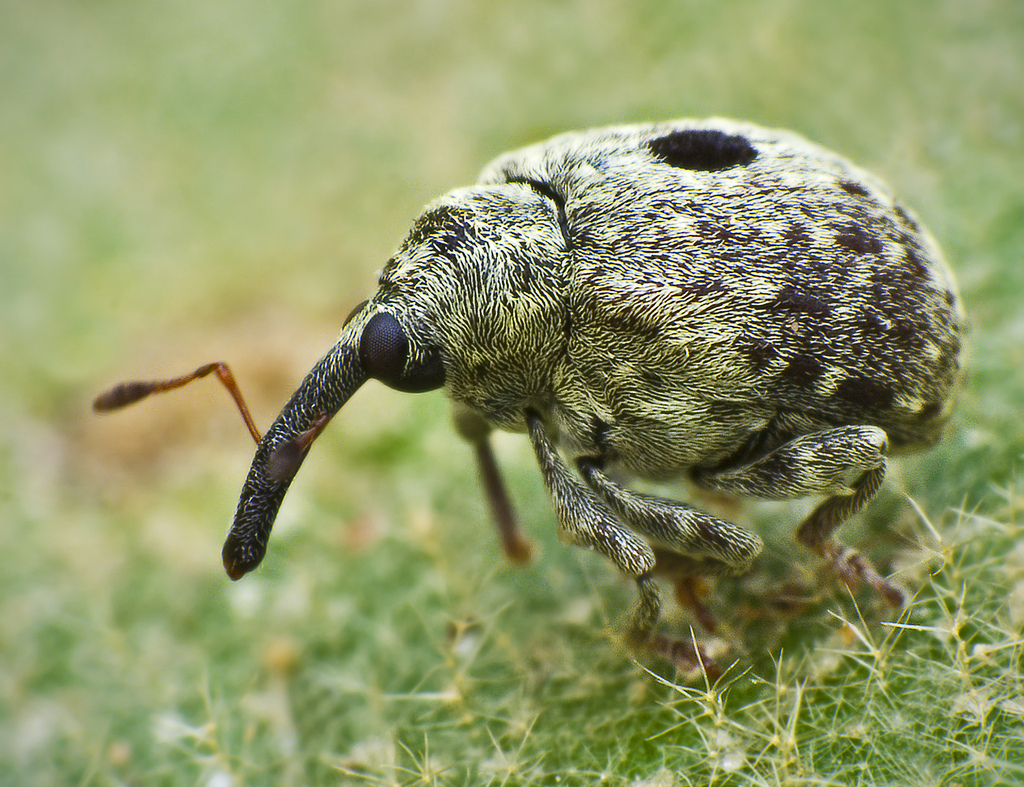|
Sphenophorus Germari
''Sphenophorus germari'' is a species in the family Curculionidae (snout and bark beetles). It is found in North America North America is a continent in the Northern Hemisphere, Northern and Western Hemisphere, Western hemispheres. North America is bordered to the north by the Arctic Ocean, to the east by the Atlantic Ocean, to the southeast by South Ameri .... References Further reading * * * * Dryophthorinae Beetles described in 1873 {{Dryophthorinae-stub ... [...More Info...] [...Related Items...] OR: [Wikipedia] [Google] [Baidu] |
George Henry Horn
George Henry Horn (April 7, 1840 – November 24, 1897) was an American entomology, entomologist who specialized in the study of beetles. Biography Born in Philadelphia on April 7, 1840, Horn attended the University of Pennsylvania, from which he graduated with a degree in medicine in 1861. From 1862 to 1866, he served in the American Civil War as surgeon to the infantry of the List of California Civil War Union units, California Volunteers, during which time he collected insects extensively in California, Arizona, and New Mexico. He then returned to Philadelphia, where he established a medical practice, specializing in obstetrics, and was elected president of the Entomological Society of Philadelphia, the predecessor of the American Entomological Society. He would remain president of the latter society until his death. He was elected as a member of the American Philosophical Society in 1869 and was the librarian and one of the secretaries of the society at the time of his dea ... [...More Info...] [...Related Items...] OR: [Wikipedia] [Google] [Baidu] |
Curculionidae
The Curculionidae are a family of weevils, commonly called snout beetles or true weevils. They are one of the largest animal families with 6,800 genera and 83,000 species described worldwide. They are the sister group to the family Brentidae. They include the bark beetles as the subfamily Scolytinae, which are modified in shape in accordance with their wood-boring lifestyle. They do not much resemble other weevils, so they were traditionally considered a distinct family, Scolytidae. The family also includes the ambrosia beetles, of which the present-day subfamily Platypodinae was formerly considered the distinct family Platypodidae. Description Adult Curculionidae can be recognised by the well-developed, downwards-curved snout (Rostrum (anatomy), rostrum) possessed by many species, though the rostrum is sometimes short (e.g. Entiminae). They have elbowed Antenna (biology), antennae that end in clubs, and the first antennal segment often fits into a groove in the side of the rost ... [...More Info...] [...Related Items...] OR: [Wikipedia] [Google] [Baidu] |
Bark Beetle
A bark beetle is the common name for the subfamily of beetles Scolytinae. Previously, this was considered a distinct family (Scolytidae), but is now understood to be a specialized clade of the "true weevil" family (Curculionidae). Although the term "bark beetle" refers to the fact that many species feed in the inner bark (phloem) layer of trees, the subfamily also has many species with other lifestyles, including some that bore into wood, feed in fruit and seeds, or tunnel into herbaceous plants. Well-known species are members of the type genus '' Scolytus'', namely the European elm bark beetle ''S. multistriatus'' and the large elm bark beetle ''S. scolytus'', which like the American elm bark beetle '' Hylurgopinus rufipes'', transmit Dutch elm disease fungi (''Ophiostoma''). The mountain pine beetle ''Dendroctonus ponderosae'', southern pine beetle '' Dendroctonus frontalis'', and their near relatives are major pests of conifer forests in North America. A similarly aggres ... [...More Info...] [...Related Items...] OR: [Wikipedia] [Google] [Baidu] |
North America
North America is a continent in the Northern Hemisphere, Northern and Western Hemisphere, Western hemispheres. North America is bordered to the north by the Arctic Ocean, to the east by the Atlantic Ocean, to the southeast by South America and the Caribbean Sea, and to the south and west by the Pacific Ocean. The region includes Middle America (Americas), Middle America (comprising the Caribbean, Central America, and Mexico) and Northern America. North America covers an area of about , representing approximately 16.5% of Earth's land area and 4.8% of its total surface area. It is the third-largest continent by size after Asia and Africa, and the list of continents and continental subregions by population, fourth-largest continent by population after Asia, Africa, and Europe. , North America's population was estimated as over 592 million people in list of sovereign states and dependent territories in North America, 23 independent states, or about 7.5% of the world's popula ... [...More Info...] [...Related Items...] OR: [Wikipedia] [Google] [Baidu] |
Dryophthorinae
Dryophthorinae is a weevil subfamily within the family Curculionidae. While it is not universally accepted as distinct from other curculionid subfamilies, at least one major recent revision elevated it to family rank, as DryophthoridaeAlonso-Zarazaga, M. A. & Lyal, C.H.C. 1999. ''A world catalogue of families and genera of Curculionoidea (Insecta: Coleoptera)'' (Excepting Scolytidae and Platypodidae). Entomopraxis, SCP Edition, Barcelona. Tribes The term tribe is used in many different contexts to refer to a category of human social group. The predominant worldwide use of the term in English is in the discipline of anthropology. The definition is contested, in part due to conflict ... * Cryptodermatini (monotypic) ** '' Cryptoderma'' * Dryophthorini Tribe group "Orthognathinae" * Orthognathini * Rhinostomini (monotypic) ** '' Rhinostomus'' (includes '' Yuccaborus'') Tribe group "Rhynchophorinae" * Diocalandrini (monotypic) ** '' Diocalandra'' * Litosomini ** incl ... [...More Info...] [...Related Items...] OR: [Wikipedia] [Google] [Baidu] |

